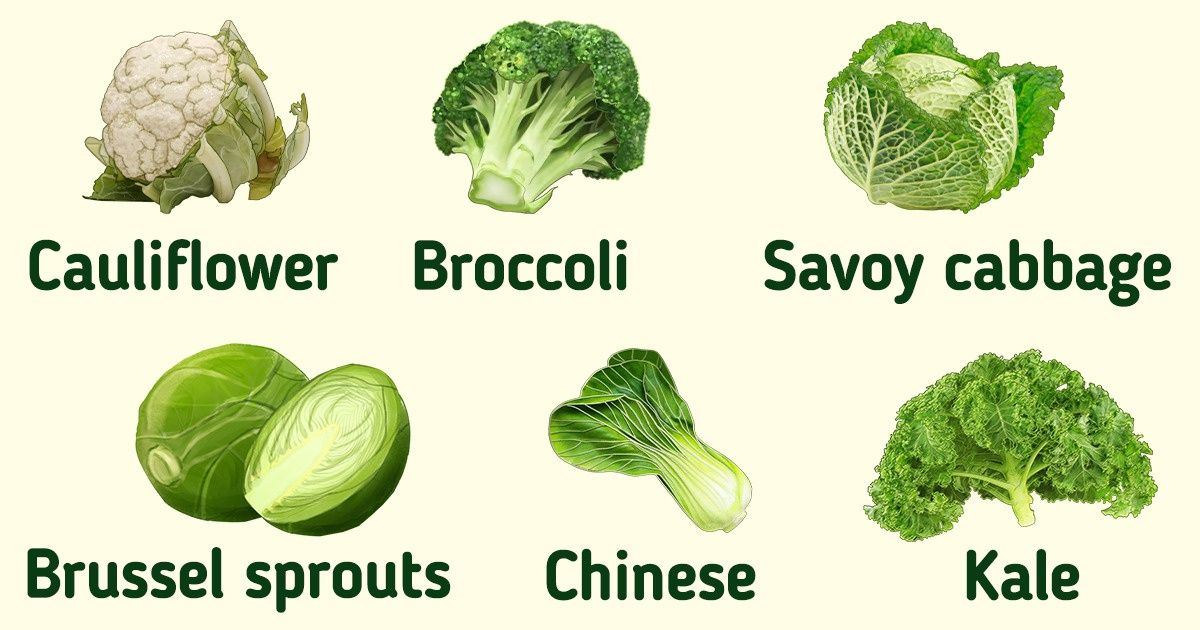
How to Choose the Right Kind of Cabbage

Cabbage is not as simple as it seems. Even when you simply read the names of all the kinds, it might seem that you are learning about some of them for the first time. Each kind deserves attention for its taste, properties, and the good things cabbage does for the body.
We at 5-Minute Crafts have made a useful guide about cabbage that will leave you with no questions about the different kinds. You might even want to try some cooking experiments to surprise your family.
Cabbage
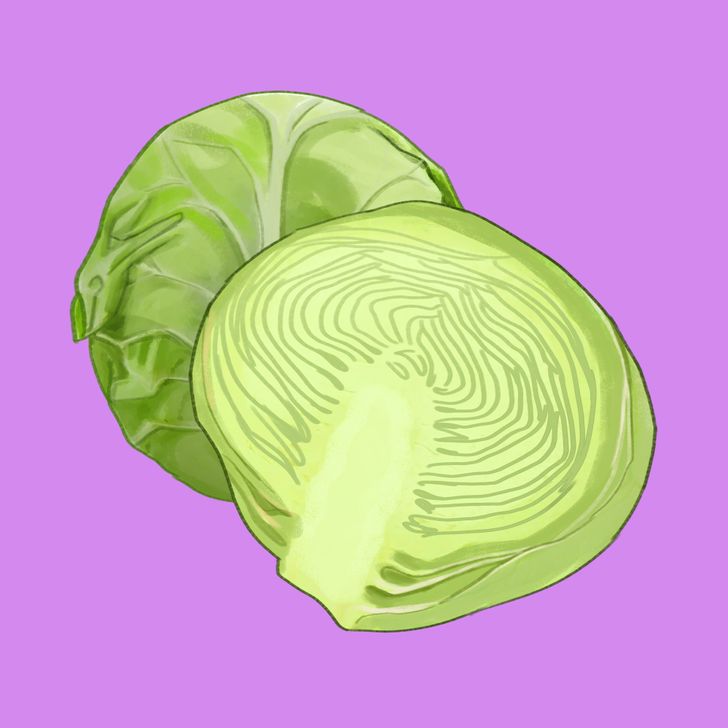
Cabbage is a vegetable that has been grown by people since ancient times. Regular cabbage was one of the first kinds of cabbage that was domesticated and today, it is probably the most popular kind.
- Nutritional value: 27 cal in 100 grams
- How to eat: raw, steamed, marinated, stewed, salted, boiled, baked, and pickled
Red cabbage
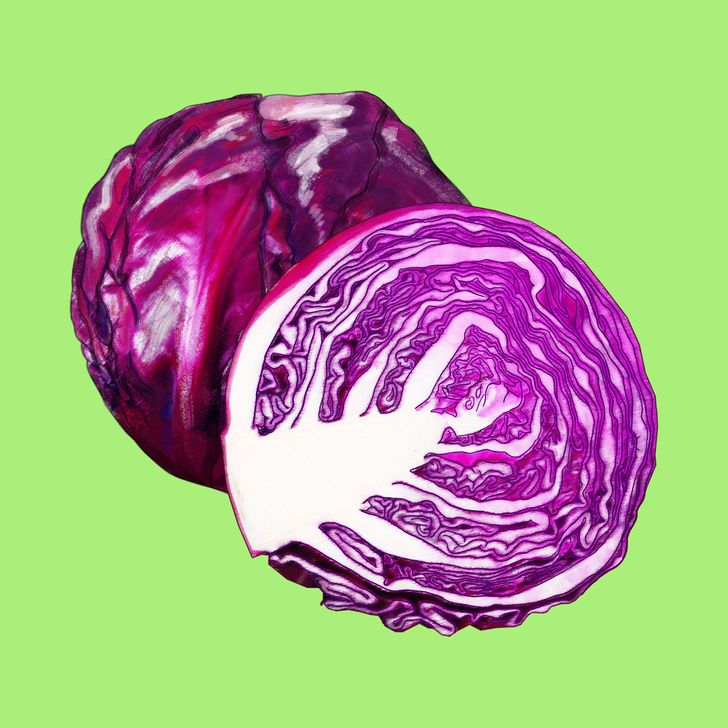
- Red cabbage is called this way thanks to the color of the leaves. This kind of cabbage can change its color depending on the soil. If there’s a lot of acid in the soil, the leaves get redder, and in neutral soil, they become more violet.
- Nutritional value: 26 cal in 100 grams
- How to eat: added to salads, boiled, stewed, used as a side dish
Cauliflower
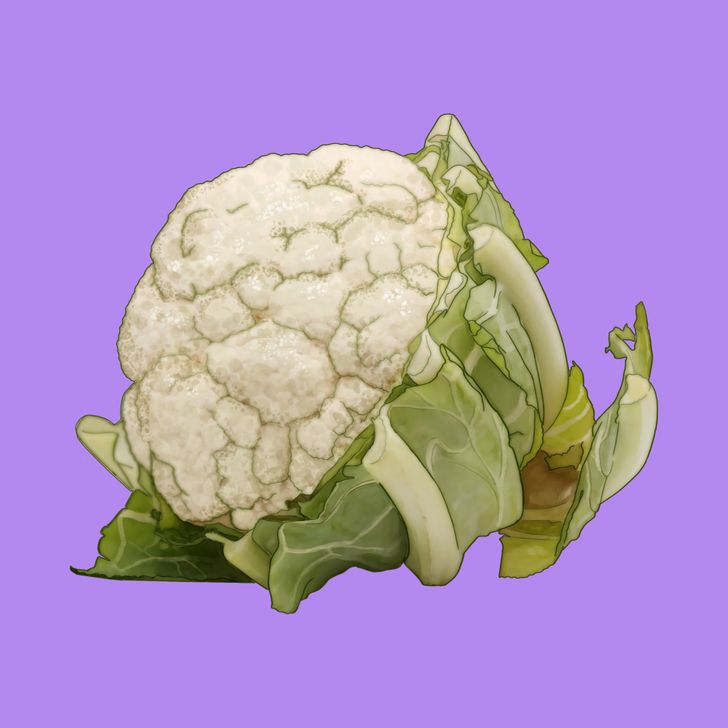
Broccoli
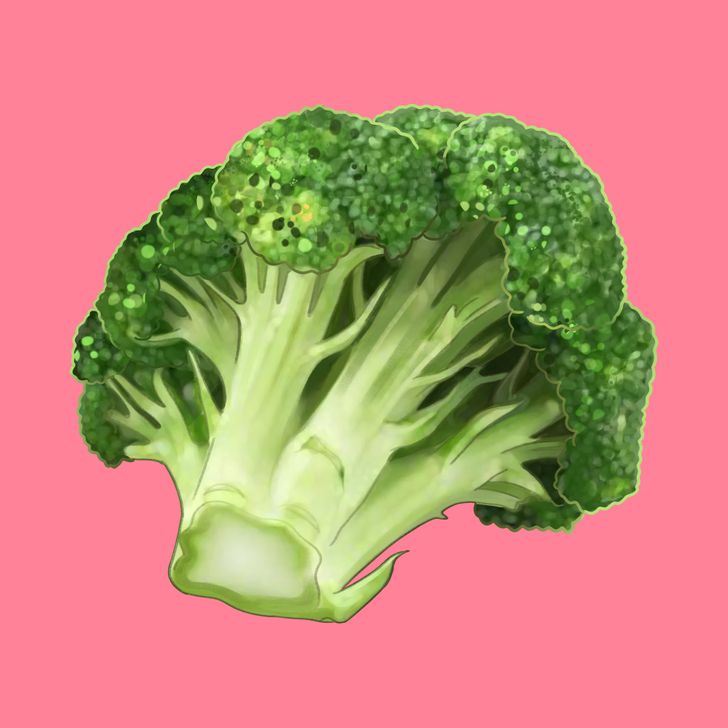
Savoy cabbage
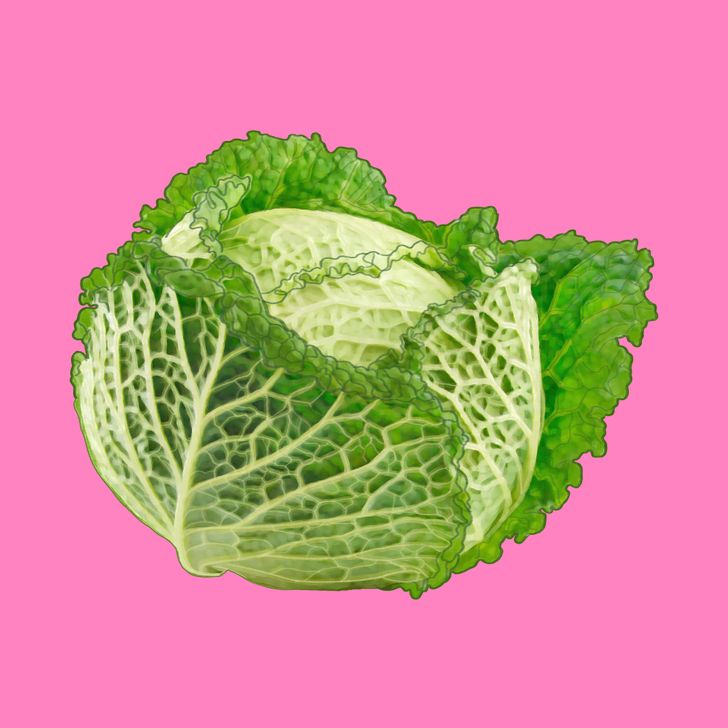
- Savoy cabbage looks a lot like the most regular cabbage but it doesn’t turn into mash when it’s cooked. It retains its shape very well. It’s named after Savoy, the region that connects the areas of Italy and France.
- Nutritional value: 27 cal in 100 grams
- How to make: roulettes, stews, soups, and it can also be eaten raw.
Kohlrabi
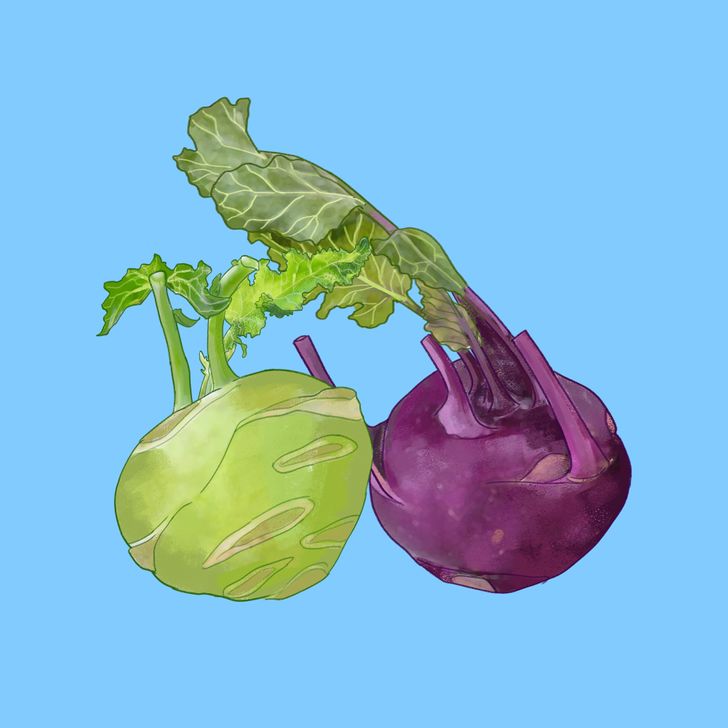
- Kohlrabi got its name from the German word for cabbage turnip, but it’s still cabbage. The taste and the texture are like broccoli but it’s softer and sweeter.
- Nutritional value: 27 cal in 100 grams.
- How to eat: you can it fresh, you can also eat the leaves and the stem. It’s great for soups and for baking.
Brussel sprouts
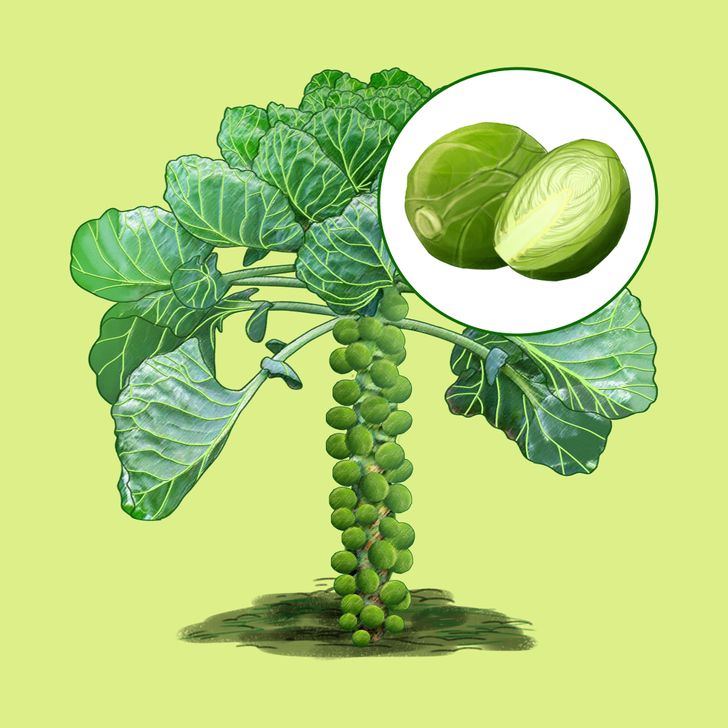
Napa cabbage
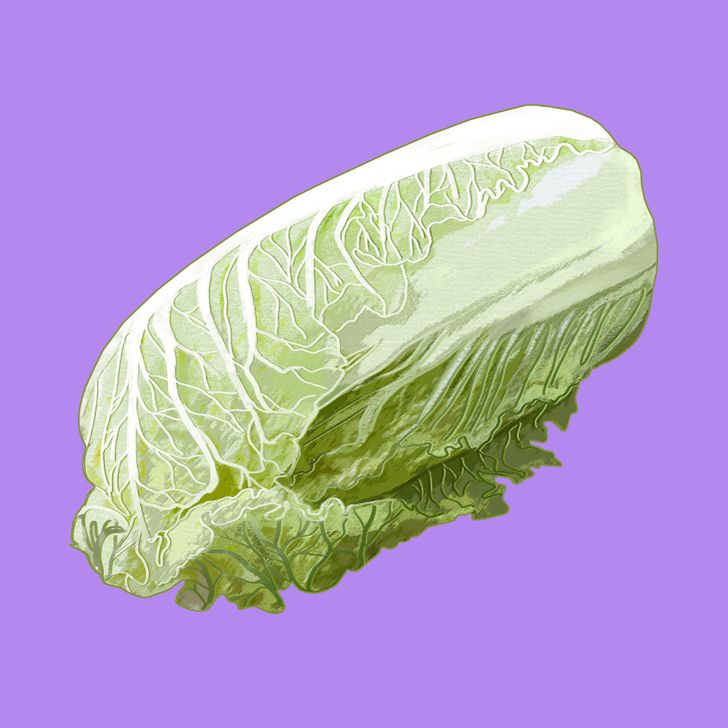
- Napa cabbage is from China and it became popular thanks to its healing properties.
- Nutritional value: 14 cal in 100 grams
- How to eat: it can be eaten fresh, marinated, and used as an ingredient in hot meals.
Chinese
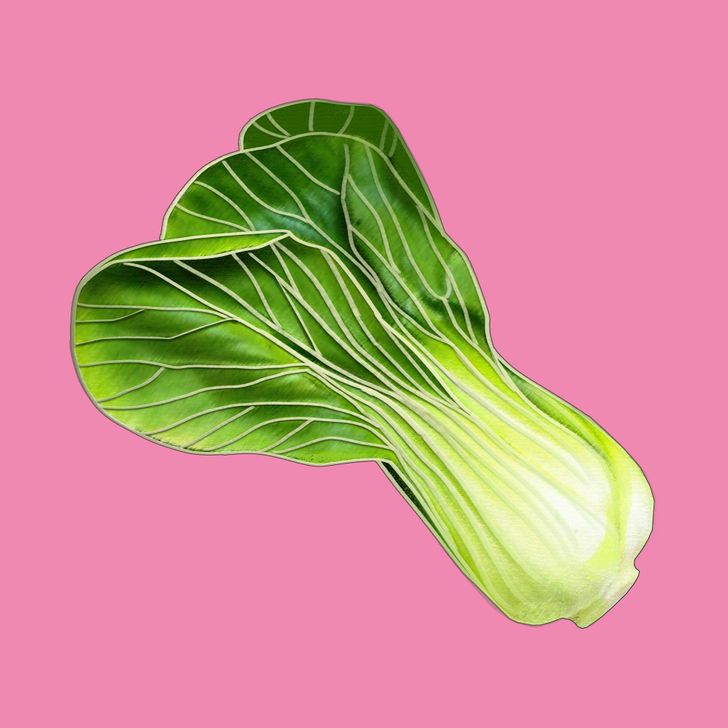
- Chinese cabbage is a close relative of Napa cabbage and it has a lot of different names. The texture of the leaves is crunchy, and the taste is something like cabbage or spinach.
- Nutritional value: 11 cal in 100 grams
- How to eat: it’s better to eat it cooked. You should know that the leaves and the trunk cook at a different speed, so don’t start cooking them at the same time. The most popular ways of cooking this cabbage are frying in oil, steaming it, and stewing it.
Mizuna
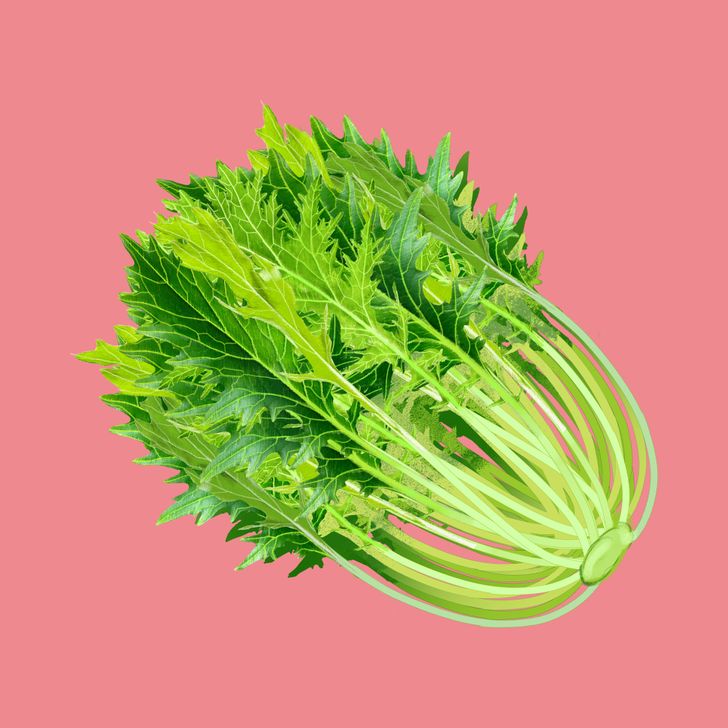
Romanesco
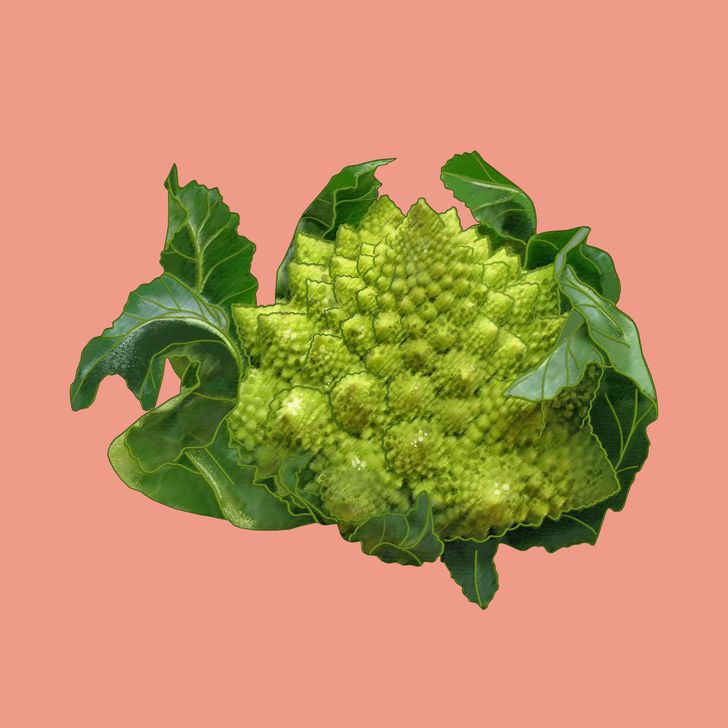
- Romanesco is an incredibly good-looking cabbage that tastes a lot like broccoli. It’s rich in vitamins A, B, C, and K. It has lots of manganese, magnesium, protein, phosphorus, potassium, and omega-3. It’s great for the skin, eyes, and heart.
- Nutritional value: 52 cal in 100 grams
- How to eat: it can be added fresh to salads, but it’s more often boiled, stewed, fried, and added to soups. Just don’t cook it for too long or it will lose its taste and its nutritional value.
Kale
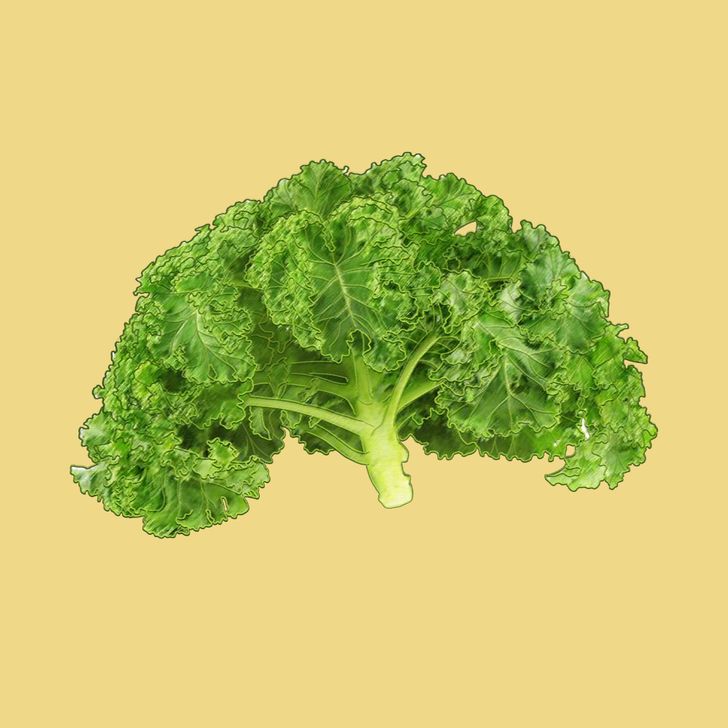
- Kale is another healthy kind of cabbage and it’s probably the closest relative of the original wild cabbage. It contains a lot of vitamins and microelements, so it should be eaten fresh.
- Nutritional value: 51 cal in 100 grams
- How to eat: fresh, like chips, kale is also boiled, fried, stewed, baked, steamed, and really good added to smoothies.
Share This Article